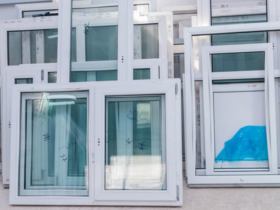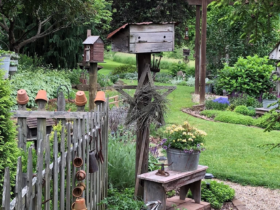When decorating residential, office and other premises, plywood is often used, since this will save, and very significantly. The fact is that plywood, as building material, has important qualities in the building sphere: thermal conductivity, sound insulation and moisture resistance. In addition, this material is environmentally friendly, and its best species do not contain substances harmful to humans. Plywood is good to hide the crumbling plaster or cracks on it. You can also make independent interior partitions from this building material and many other elements of the design of the premises and even the facade.
Plywood characteristics
Interior using plywood. The process of installing plywood.
When lining the premises, the construction glue plywood is most often used in dimensions one and a half meters. Experts recommend sheathing the room with plywood, in which the thickness is at least four millimeters. But here an individual approach is required here. For example, technical rooms (garages, pantries, utility rooms) can be sheathed with a faner with a thinner, respectively and cheaper. If the room is residential, then in this case it is preferable to use the birch or coniferous plywood of the first or second grade. It will be more expensive, but the quality will be at a good level.
Plywood can be purchased in the usual market from private traders, but it is always better to contact a company engaged in the sale of various building materials. Then, when buying, you will not only be sure of the quality of the purchased material, but get a consultation from a professional. As a rule, many woodworking plants sell their products through the network of their trading branches, the so -called branded stores. An ideal option would be to purchase a plywood there.
Regardless of the quality of plywood, it is necessary to carry out its transportation very carefully. Wide plywood sheets with rough transportation can crack or get other damage. The plywood should also be stored carefully, and if the transportation took place in very cold weather, then plywood sheets should be allowed to lie down at room temperature. Also, any type of plywood, regardless of its water resistance, is not recommended to keep in rooms with high humidity before use.
Installation of plywood
When lining the wooden walls of the room with plywood, first of all, you need to make a rack frame. This frame will be slightly different from the frame, which is usually used when processing walls with dry plaster. So, horizontal rails are attached at the ceiling against the wall, after which the rails are attached-they should be at a distance of about 40-50 cm from each other.
Then you need to install special vertical cubes. These cubes are designed to maintain the edges of the plywood sheet in the right position. If a hacksaw sees when sawing plywood, then this is because the already sawn part sags somewhat. The output will be squeezed the beginning of a drink with an ordinary clamp.
The ceilings are recommended to be sheathed with plywood sheets of small format. So it will be easier to fit them to each other. It is better to close the joints with rectangular rails, because over time, no matter how tightly the sheets are fitted, the seam will still gradually expand. It is especially worth paying attention to the closure of seams in those rooms that are conditionally called “raw”, that is, where the walls may often contact with moisture. By the way, when lining walls in such rooms, it is better to give the faner additional moisture resistance with special impregnations.
The more carefully the walls of the room near the floor and under the ceiling are finished, the better the surface, sheathed by the ply. The gaps at the ceiling can be disguised by cornice, and by the floor — with a plinth. Strips of plywood are also useful here, remaining after the main sheathing.
Plywood is attached to the wall with nails with a wide hat. Self -tapping screws are also suitable, in some cases bolts are used. The perfect distance between driven nails along the edges is approximately 15 cm. In the middle part of the plywood sheet, this distance should be approximately twice — up to 30 cm. There are options when plywood is glued with special glue or fastened with brackets.
Walls, sheathed with plywood, can be covered with a variety of varnish, stain, and also stick wallpaper on them. It all depends on the choice of the customer, the desired life and purpose of the sheathed room.













Оставить коммент.